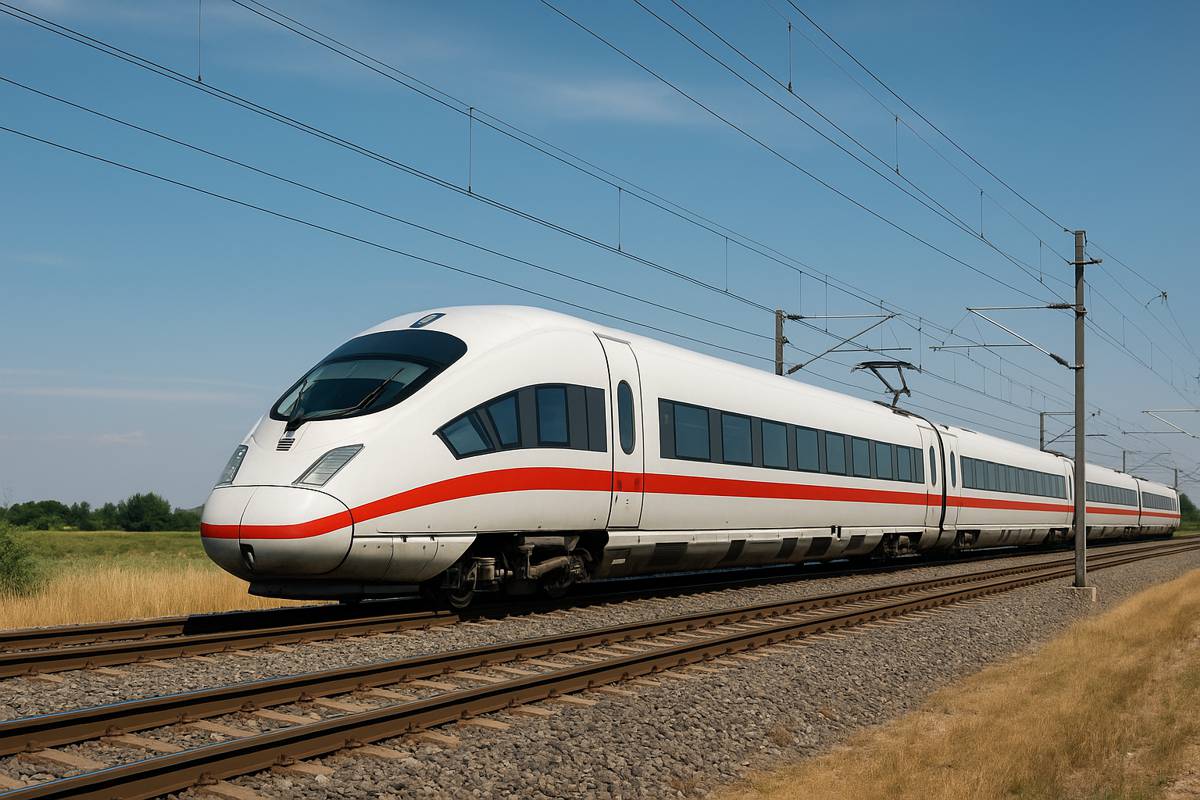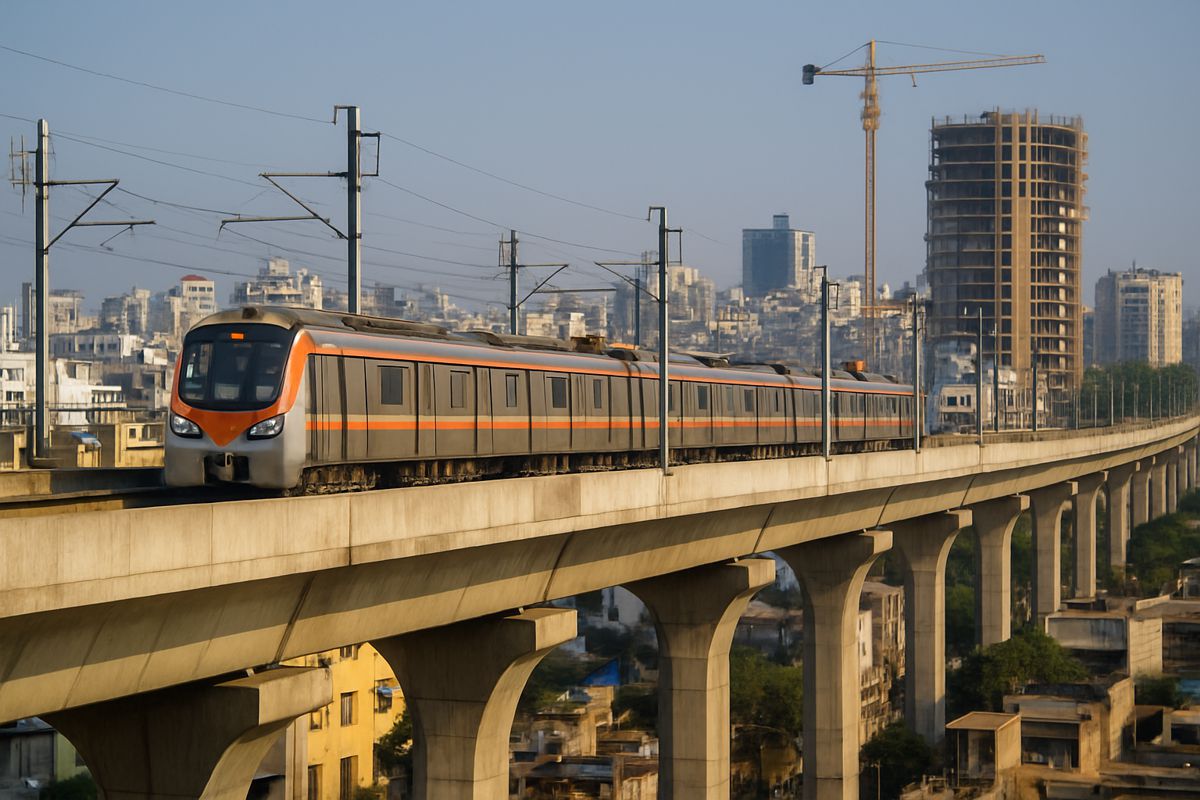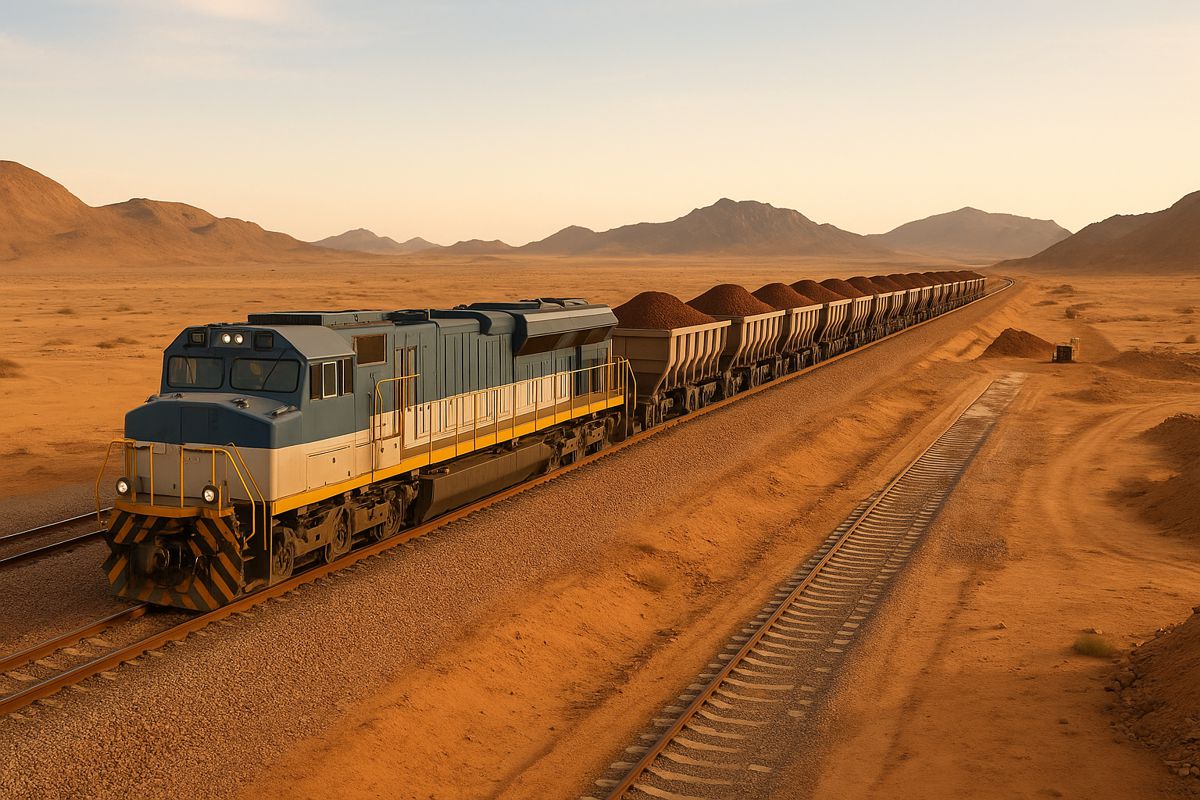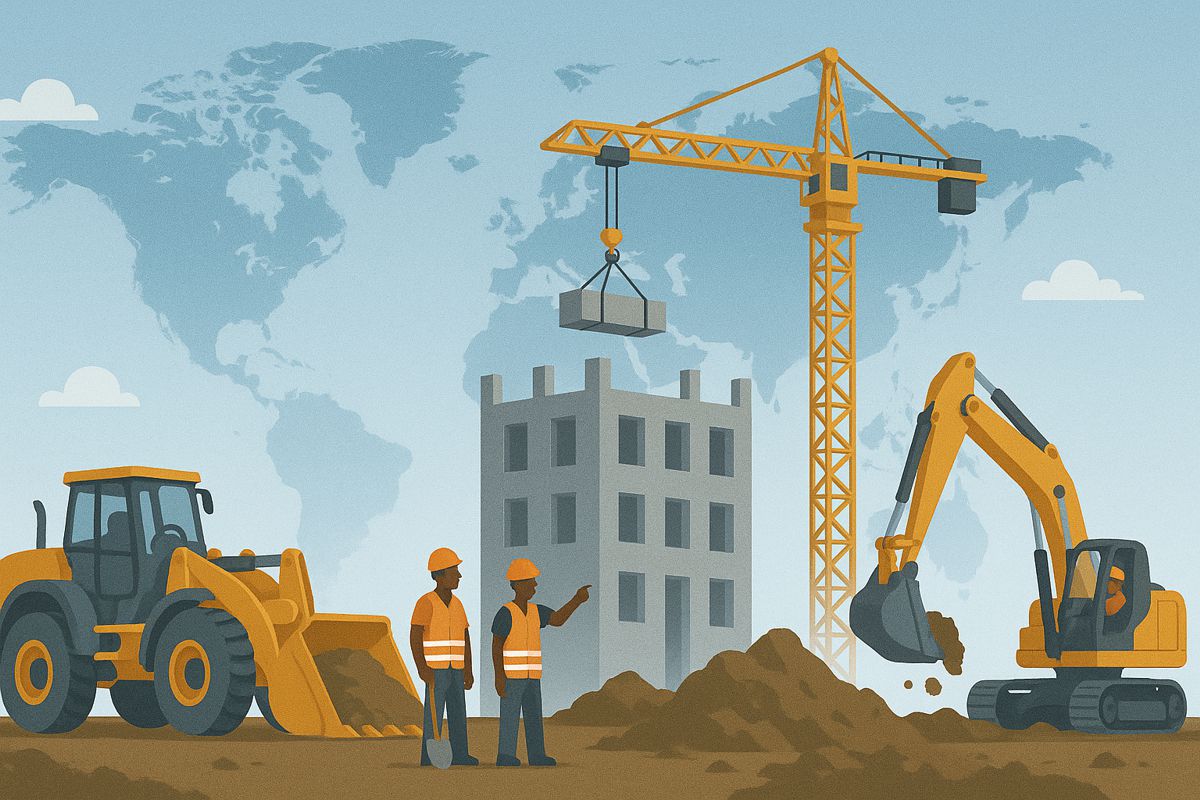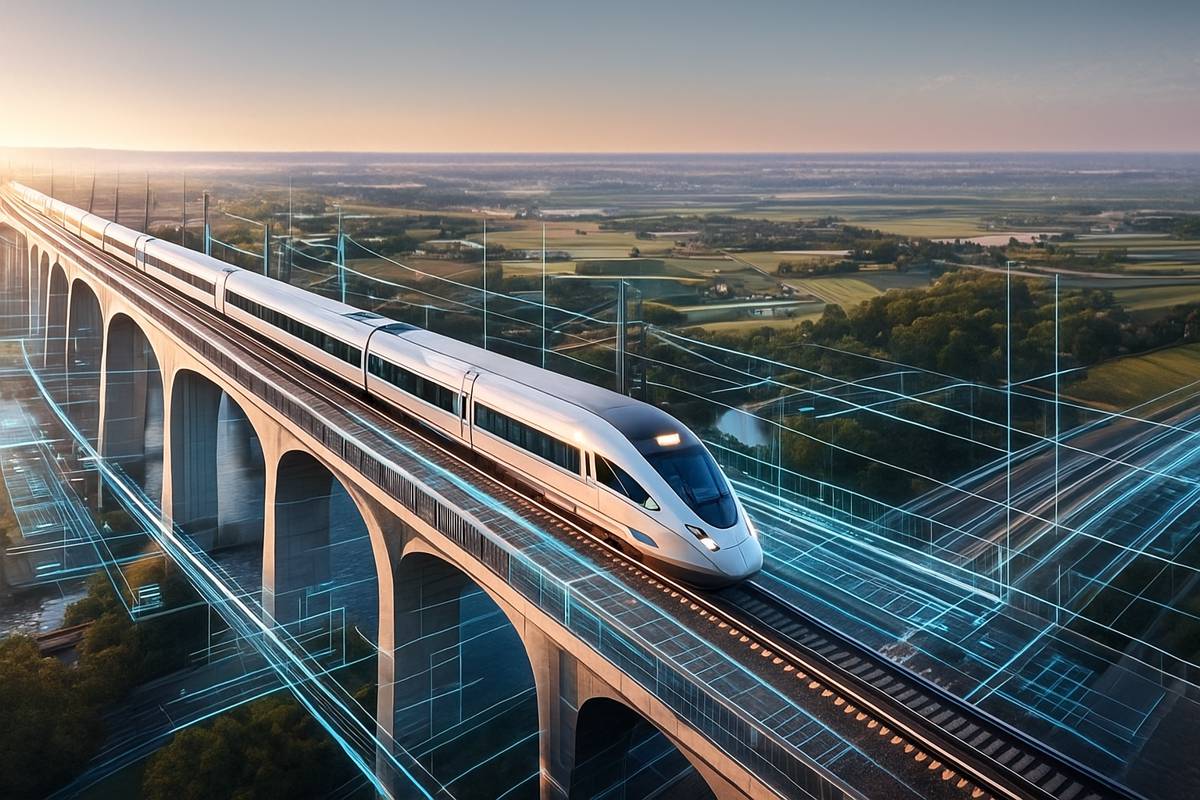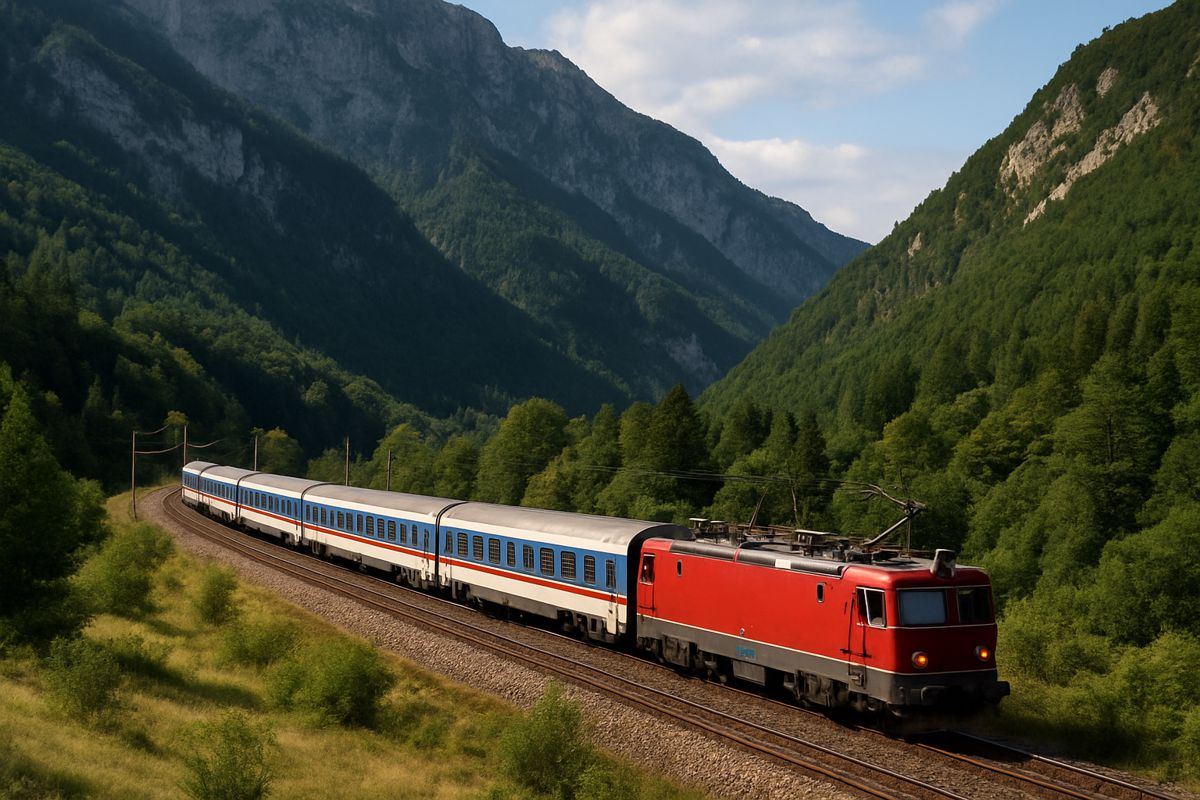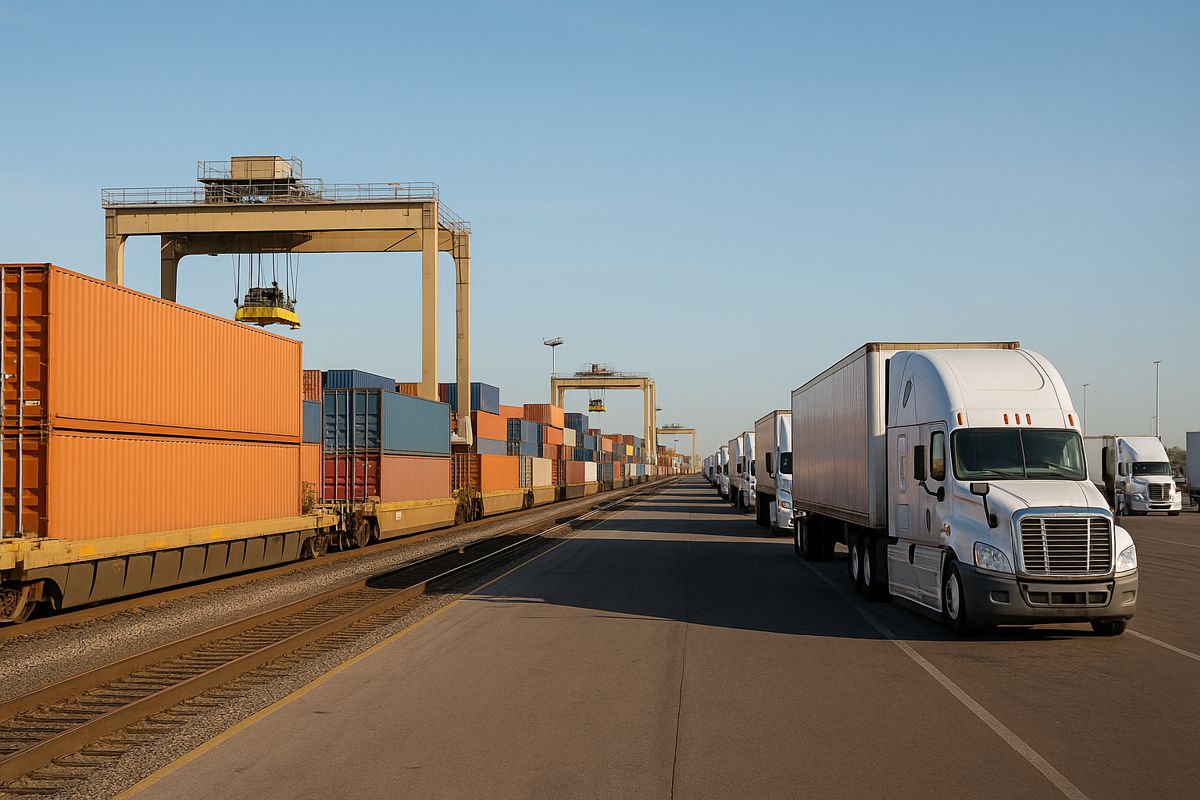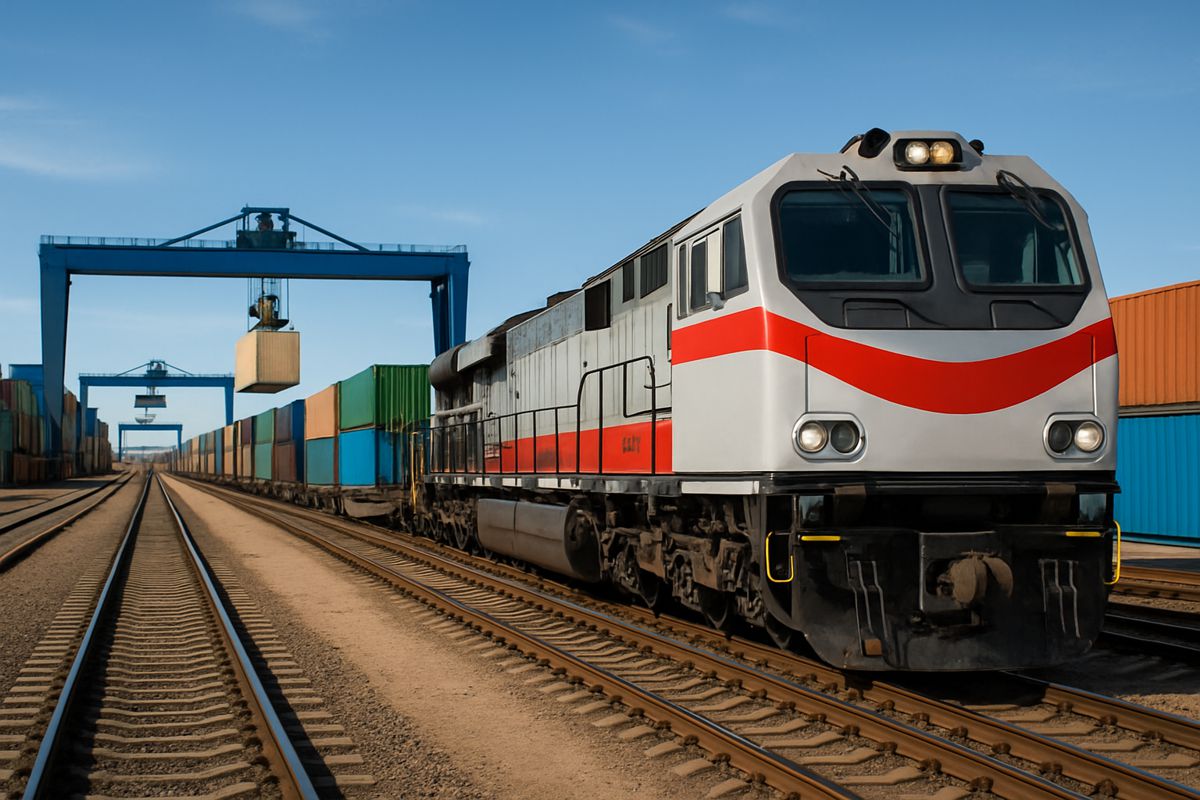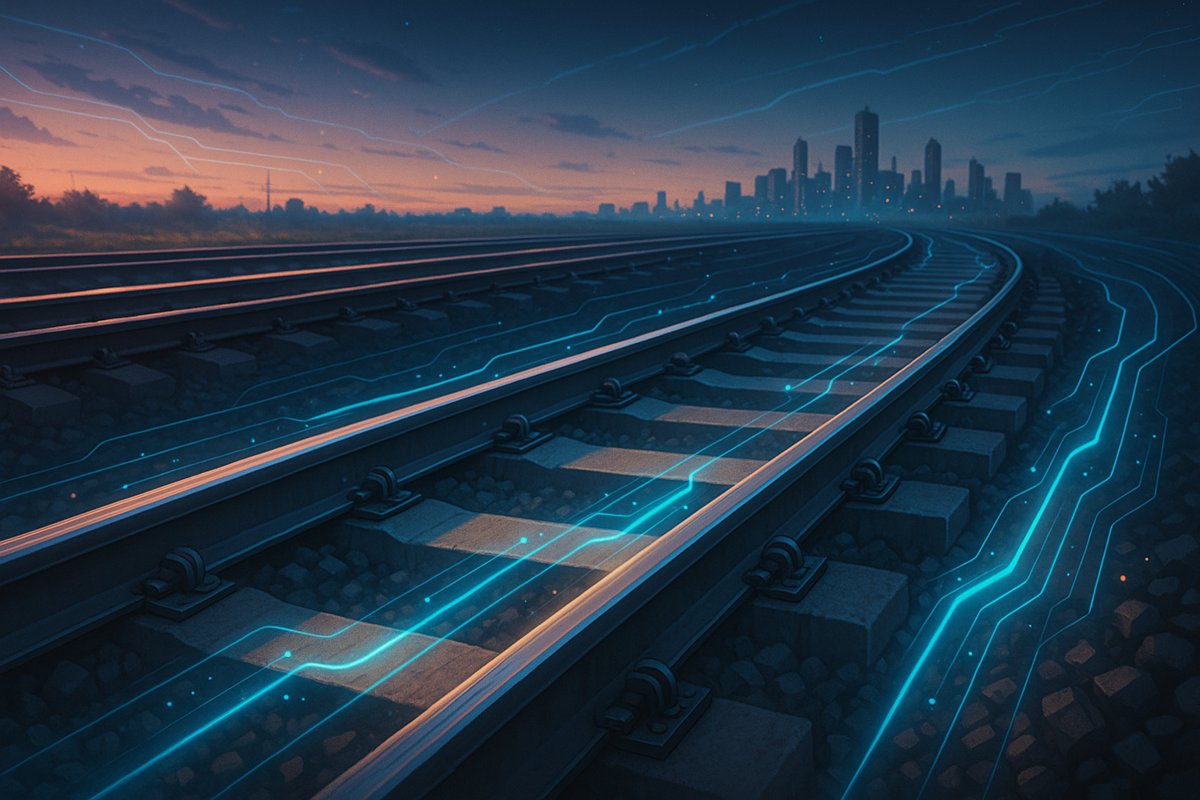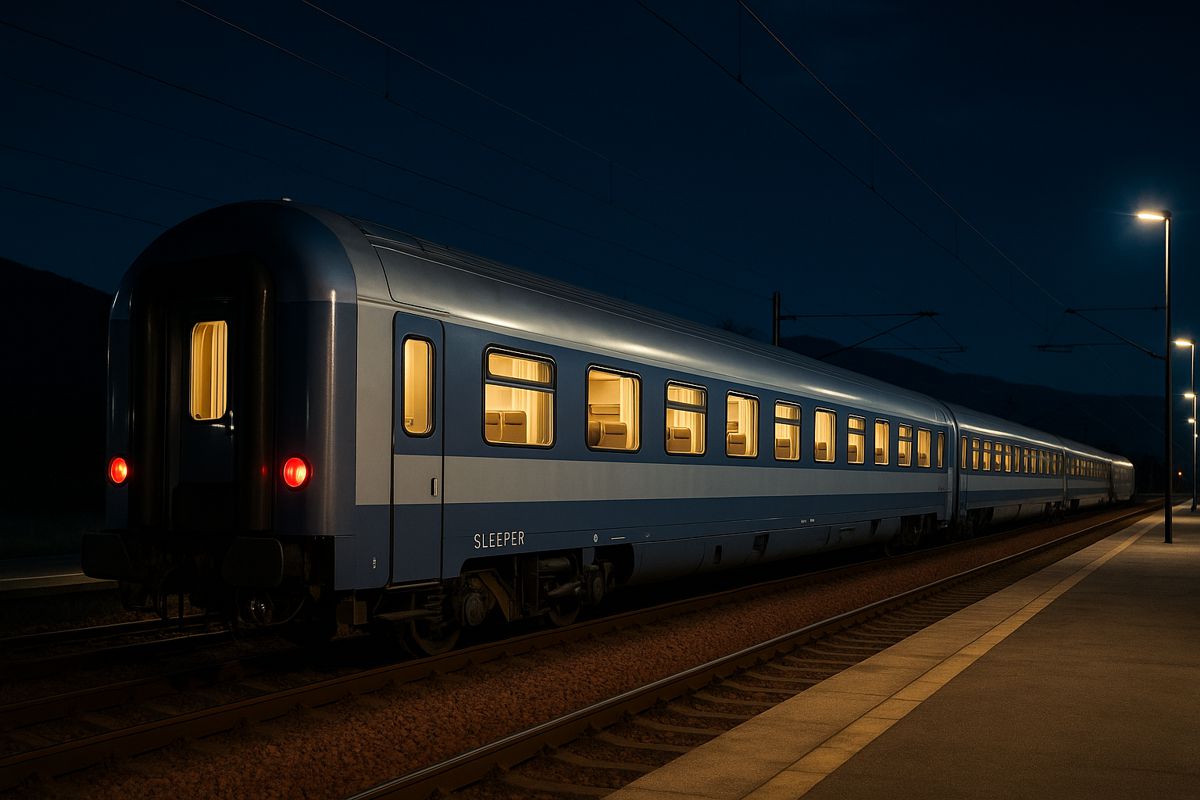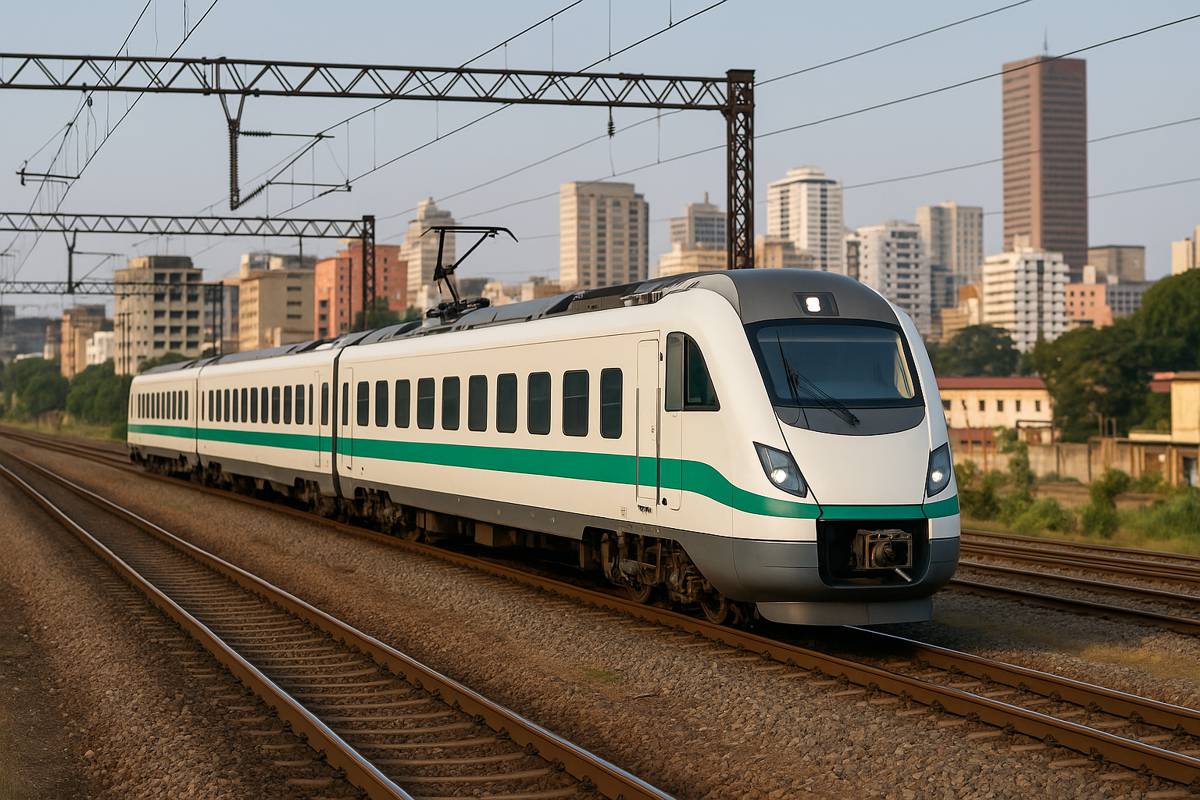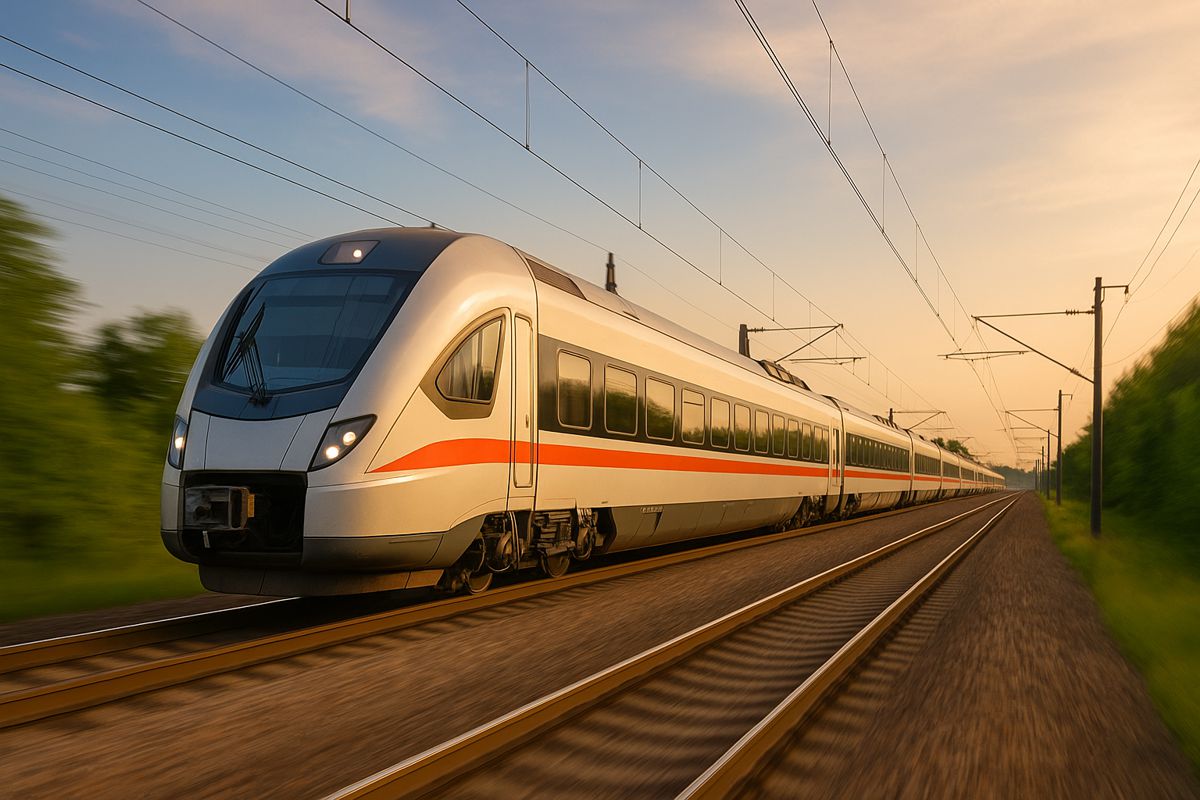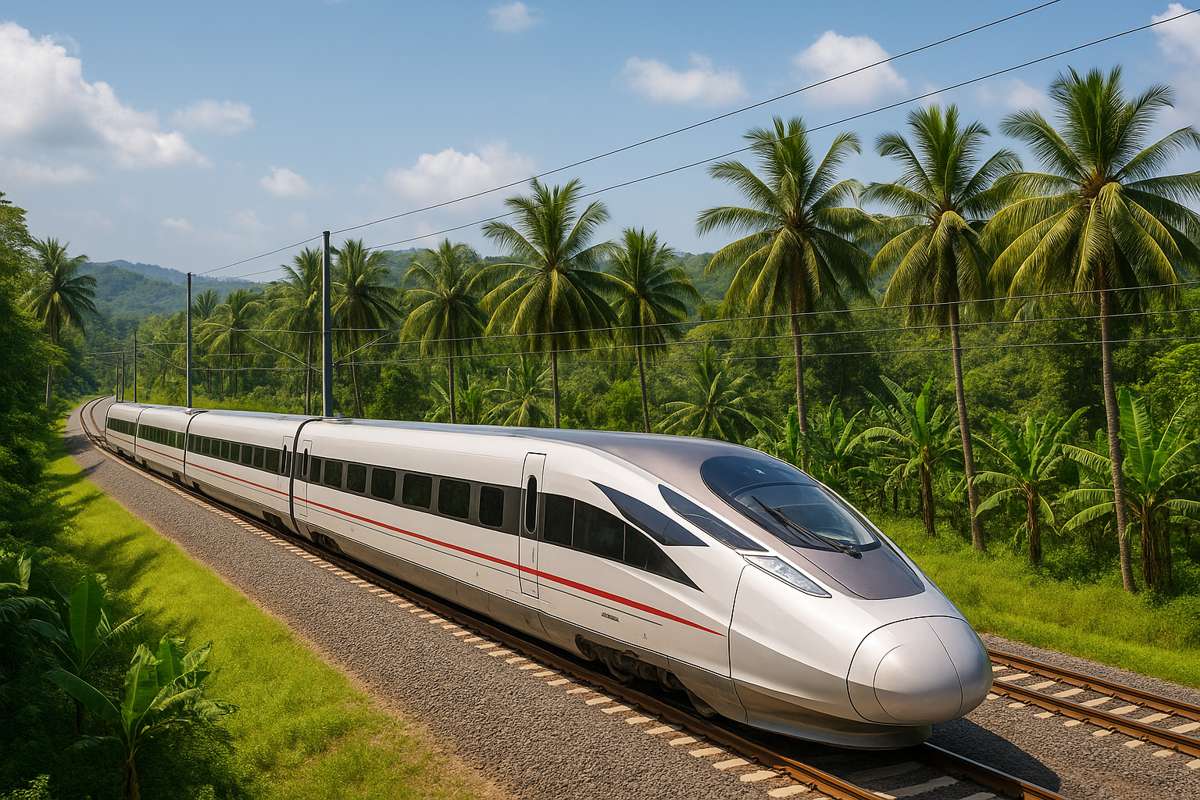Southco Access Solutions Keep Modern Trains Secure and Sustainable
Rail modernisation has propelled the industry into a new era of speed, efficiency, and sustainability. Yet, as trains become faster, smarter, and more connected, so too do the challenges of keeping them safe and secure. “Designers and manufacturers now face the critical task of addressing these emerging risks while maintaining the performance gains modern rail systems provide,” writes David Kelly, Applications Engineer at Southco.
While passengers admire sleek exteriors and comfortable interiors, the real magic often lies beneath the surface. It’s the invisible engineering, the hinges, latches, and fasteners, that ensures everything operates smoothly, safely, and reliably. These components, often overlooked, are the unsung heroes of modern rail.
Safety at Speed
As rail networks expand and trains reach speeds exceeding 300 km/h, safety margins become razor thin. At such velocities, even a small malfunction can have catastrophic consequences. Ensuring that every panel, door, and enclosure remains securely fastened isn’t optional, it’s essential.
This is where precision access hardware comes in. Southco’s E3 VISE ACTION® compression latches are designed to make safety visible. Featuring mechanical visual indicators, these latches show maintenance crews at a glance whether a panel is properly secured. Reflective wings deploy when a latch is open and retract only when locked, reducing the likelihood of human error. It’s a simple but ingenious approach to error-proofing.
Colour coding further enhances visibility. Red, universally associated with danger, is standard, but options such as yellow or orange can be specified for better visibility on camera systems or under specific lighting. The result is a safer, more intuitive environment for rail engineers and operators.
Southco’s approach demonstrates that good design isn’t just functional, it’s preventative. By eliminating ambiguity in safety checks, operators can save time, reduce maintenance errors, and avoid costly disruptions.
Engineering the Human Touch
Passenger comfort isn’t just about plush seats or Wi-Fi connectivity. It’s also about the subtle ergonomics and tactile quality of fixtures. When a passenger folds a table, opens an armrest, or hangs a coat, those small interactions shape their perception of quality and safety.
Unfortunately, poorly designed fittings can undermine that impression, or worse, pose safety risks. Southco addresses this with its AH-Bifold Constant Torque Hinge series, which employs friction technology to hold tables securely at any angle. This prevents them from collapsing unexpectedly, offering a safer and more refined experience.
The company’s ST series hinges take aesthetics a step further. Compact and all-metal, they can be moulded directly into thin-profile housings, offering a seamless finish that combines visual appeal with long-term durability. These components deliver high-torque performance, eliminating the need for secondary mechanical supports.
And then there’s the tactile side of design. Southco’s MP Point Latch features a retractable metal pull knob that pops up at the push of a button, delivering a satisfying click and premium feel. As Kelly notes, “It’s really about that tactile experience. If something feels flimsy or cheap, that’s the impression passengers will get.”
In essence, comfort and safety are two sides of the same coin. Every hinge and latch contributes to a passenger’s sense of trust and satisfaction.
Balancing Efficiency and Cybersecurity
Digitalisation has transformed rail operations, ushering in IoT connectivity, autonomous systems, and smarter diagnostics. But with increased connectivity comes increased vulnerability. Cybersecurity and fire safety are now front and centre in rail engineering.
Electrical enclosures, data hubs, and power systems must be both physically and digitally secure. Southco’s rotary latch systems offer concealed, push-to-close security that’s ideal for sensitive components. These systems can secure panels at multiple points, keeping equipment safe from tampering or unauthorised access.
Compliance with the DIN EN45545-3 fire protection standard further strengthens resilience. Many Southco latches meet ratings from E30 to E60, meaning they can maintain integrity for up to an hour during a fire, critical for giving passengers and staff valuable time to respond.
As connectivity becomes standard, Southco’s Connected Access solutions provide a modern layer of defence. By integrating mechanical locks with electronic controls, they enable remote monitoring and secure access via RFID cards, PIN codes, or Bluetooth. For added exclusivity, key head designs can be customised to operators, limiting who can access critical panels.
It’s a future-ready approach to railway security, blending robust mechanics with intelligent access control.
Designing for Sustainability
Rail is one of the most sustainable forms of transport, but modernisation has added new layers of responsibility. Electrification, accessibility, and lifecycle design are reshaping how engineers think about carriages and components.
Interior designers are increasingly creating adaptable spaces that accommodate bikes, wheelchairs, and luggage. This flexibility demands hardware that’s strong, safe, and easy to operate. Southco’s rotary latching systems, paired with friction hinges, support reconfigurable layouts, allowing staff to fold or move seats and fixtures with ease.
This system uses a square key actuator to trigger cables that release multiple latches simultaneously. When reconfigured, spring-loaded locking pins automatically secure fixtures in both positions, ensuring reliability. It’s a deceptively simple solution with significant implications for accessibility and efficiency.
Durability is another sustainability factor. Premium access hardware may cost more upfront, but it dramatically reduces replacements, maintenance downtime, and material waste. Over a train’s lifecycle, this can translate to cost savings and reduced environmental impact.
Southco also practices what it preaches. In-house sustainability efforts include using recycled plastics and implementing regrind processes to reuse injection moulding waste. It’s a closed-loop mindset that aligns with the industry’s shift towards greener operations.
Simplify, Secure, Sustain
For over 70 years, Southco has been a quiet force behind some of the world’s most recognisable brands in transportation and industry. Its ethos is simple: make access smarter, safer, and more intuitive. “From quality and performance to aesthetics and ergonomics, we understand that first impressions are lasting impressions in product design,” the company states.
With decades of experience, Southco has already done the hard work, design validation, testing, and refinement. Whether it’s securing a high-speed train’s exterior panels or enhancing passenger comfort inside the carriage, their solutions simplify design, reduce costs, and promote long-term reliability.
In a world racing towards digital transformation, these small yet vital details make the difference between good and exceptional. Southco’s philosophy, simplify, secure, sustain, continues to guide rail designers towards safer, smarter, and more sustainable journeys.
